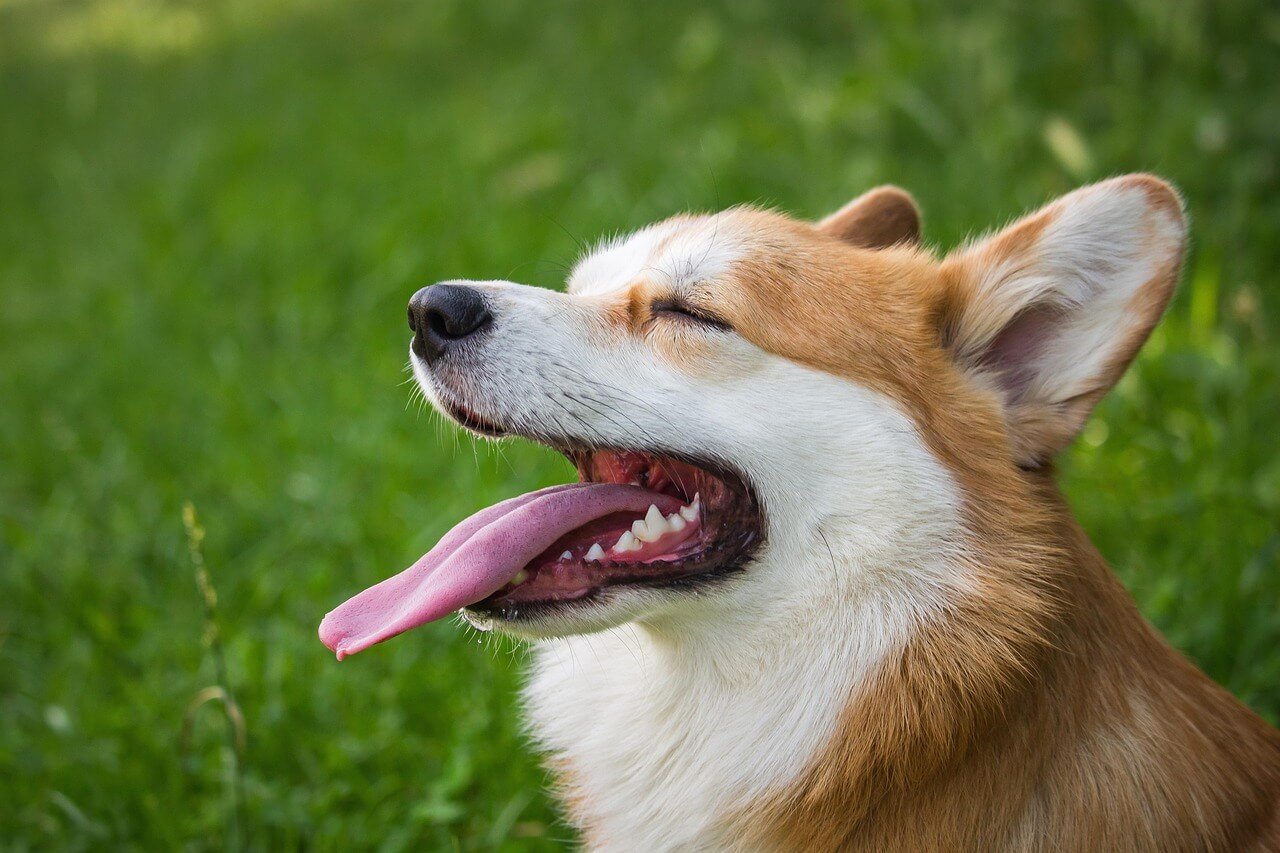How to Use a Clicker for Dog Training: A Step-by-Step Guide
Clicker training is a fun, effective, and science-backed method for teaching your dog new behaviors. This positive reinforcement technique uses a small handheld device that makes a distinct clicking sound to mark desired actions, making it easier for your dog to understand what you’re asking. Whether you’re working on basic commands like “sit” or more complex tricks like spinning in circles, learning how to use a clicker for dog training can transform the way you communicate with your furry friend.
In this blog post, we’ll guide you through everything you need to know about clicker training—from getting started to troubleshooting common challenges. Let’s dive in and unlock your dog’s full potential!
Why Clicker Training Works Wonders
Clicker training is based on the principles of operant conditioning, where dogs learn through rewards and consequences. It’s a powerful tool because it provides clear communication between you and your dog. Here are some reasons why clicker training is so effective:
Precise Timing
The clicker allows you to mark the exact moment your dog performs the desired behavior, ensuring they understand what they’re being rewarded for.Positive Reinforcement
Clicker training focuses on rewarding good behavior rather than punishing bad behavior, creating a happy and stress-free learning environment.Builds Confidence
Dogs quickly learn to associate the click with a reward, boosting their confidence as they figure out what you’re asking.Encourages Focus
The unique sound of the clicker grabs your dog’s attention, helping them stay engaged during training sessions.Versatile and Fun
From basic obedience to advanced tricks, clicker training can be used to teach almost any behavior while keeping your dog entertained.
The combination of clarity, positivity, and versatility makes clicker training a favorite among professional trainers and pet owners alike. With the right approach, it can strengthen your bond and make training sessions enjoyable for both of you.
Getting Started with Clicker Training: Step-by-Step
Before diving into advanced commands, it’s important to introduce your dog to the clicker and establish a strong foundation. Follow these steps to get started:
Choose the Right Clicker
Select a clicker with a sound that’s loud enough to hear but not startling for your dog. Box-style clickers are popular and easy to use.Introduce the Click-Sound Association
Start by clicking the device and immediately giving your dog a treat. Repeat this several times until they begin to associate the click with a reward.Keep Sessions Short and Sweet
Limit training sessions to 5–10 minutes to maintain your dog’s focus and prevent boredom.Practice in a Quiet Environment
Begin in a distraction-free area, like your living room, to help your dog concentrate on the task at hand.Use High-Value Treats
Reward your dog with small, tasty treats like pieces of chicken or cheese to keep them motivated throughout the session.
By following these steps, you’ll lay the groundwork for successful clicker training. Remember, patience and consistency are key to helping your dog understand the process.
Check this guide 👉Are Dog Whistles Cruel? Best 7 Expert Tips!
Check this guide 👉Embracing Force Free Dog Training: Best 7 Expert Tips!
Check this guide 👉The Ultimate Guide to Guard Dog Training: Best 7 Tips!

Benefits of Clicker Training | Common Challenges and Solutions |
|---|---|
Clear communication with your dog | Dog ignores the clicker? Ensure the sound isn’t too loud or startling. |
Encourages quick learning | Dog loses interest? Use higher-value treats or shorter sessions. |
Strengthens the human-dog bond | Dog gets distracted? Train in a quiet, low-distraction area. |
Builds confidence and enthusiasm | Dog doesn’t understand? Break tasks into smaller, manageable steps. |
Versatile for all skill levels | Dog gets frustrated? End sessions on a positive note and try again later. |
Essential Commands to Teach with a Clicker
Once your dog understands the basics of clicker training, you can start teaching them specific commands. Here are some foundational behaviors to try:
Sit
Hold a treat above your dog’s nose, move it back slightly, and click when their bottom touches the ground. Reward immediately.Stay
Ask your dog to sit, then take a step back. Click and reward if they remain in place. Gradually increase the distance and duration.Come
Call your dog’s name, and when they turn toward you, click and reward. Practice in different environments to reinforce the behavior.Leave It
Place a treat on the floor, cover it with your hand, and click when your dog looks away. Reward them for ignoring the treat.Spin
Lure your dog in a circle with a treat, click when they complete the spin, and reward them. Repeat until they master the trick.
These commands provide a solid foundation for further training and help build your dog’s confidence. With consistent practice, your pup will pick up new skills in no time.
Tips for Successful Clicker Training
To ensure your clicker training sessions are productive and enjoyable, follow these expert tips:
Be Consistent
Always click at the exact moment your dog performs the desired behavior to avoid confusion.Avoid Overusing the Clicker
Use the clicker only during training sessions—not as a way to get your dog’s attention outside of practice.Gradually Phase Out the Clicker
Once your dog has mastered a behavior, transition to verbal praise and occasional treats instead of relying solely on the clicker.End on a Positive Note
Finish each session with an easy command or trick your dog already knows to leave them feeling accomplished.Celebrate Small Wins
Reward incremental progress and celebrate every step forward, no matter how small.
By incorporating these tips, you’ll create a positive and effective training experience for your dog. Remember, training is a journey, not a race—enjoy every moment of it!
Common Mistakes to Avoid in Clicker Training
While clicker training is a straightforward and effective method, there are some common pitfalls that can hinder progress. Being aware of these mistakes will help you stay on track and ensure success:
Clicking Too Late
Delayed clicks can confuse your dog about which behavior is being rewarded. Always aim for precise timing.Using the Clicker as a Cue
The clicker should only mark behaviors, not act as a command or attention-getter outside of training sessions.Skipping the Charging Phase
Failing to properly introduce the clicker-sound association can lead to confusion and slow learning.Overloading Your Dog with Information
Trying to teach too many commands at once can overwhelm your dog. Focus on one behavior at a time.Being Inconsistent with Rewards
Inconsistent rewards can weaken your dog’s motivation. Ensure every click is followed by a treat during training.
Avoiding these mistakes will make your clicker training sessions more productive and enjoyable for both you and your dog. Consistency and patience are key to overcoming challenges.
How to Keep Your Dog Motivated During Clicker Training
Maintaining your dog’s enthusiasm is crucial for successful clicker training. Here are some strategies to keep them engaged and excited:
Use High-Value Treats
Opt for small, irresistible treats like diced chicken, cheese, or commercial soft treats to keep your dog eager to learn.Mix Up Rewards
Occasionally replace treats with praise, toys, or playtime to keep rewards unpredictable and exciting.Train Before Meals
Conduct sessions when your dog is slightly hungry to increase their focus and motivation.Incorporate Fun Tricks
Teach entertaining tricks like “high five” or “spin” to add variety and keep training sessions lighthearted.End Sessions Positively
Always finish with an easy command or trick your dog knows well to leave them feeling confident and accomplished.
By keeping training sessions engaging and rewarding, you’ll maintain your dog’s enthusiasm and make learning a joyful experience. A motivated dog is a fast learner!
Adapting Clicker Training for Different Dog Personalities
Every dog is unique, and tailoring your approach to their personality can enhance the effectiveness of clicker training. Here’s how to adapt based on your dog’s temperament:
For Shy or Nervous Dogs
Use a softer clicker sound and start with simple tasks in a calm environment to build confidence gradually.For Energetic or Hyper Dogs
Incorporate physical activities like fetching or jumping to burn off excess energy before focusing on commands.For Stubborn or Independent Dogs
Use extra-high-value rewards and shorter sessions to maintain their interest and cooperation.For Food-Obsessed Dogs
Be mindful of portion sizes and balance treats with verbal praise to avoid overfeeding.For Easily Distracted Dogs
Train in quiet spaces initially and gradually introduce distractions as they become more focused.
Understanding your dog’s personality allows you to customize your training approach for better results. With patience and adaptability, you can help any dog thrive with clicker training.
FAQ
What is clicker training for dogs?
Clicker training is a positive reinforcement method that uses a clicker to mark desired behaviors, followed by a reward to encourage repetition.
Do I need a special type of clicker?
No, any standard box-style clicker works well. Choose one with a sound that’s audible but not overwhelming for your dog.
How long does it take to train a dog with a clicker?
The time varies depending on the dog and the complexity of the behavior. Simple commands may take days, while advanced tricks could require weeks.
Can I use clicker training for older dogs?
Absolutely! Dogs of all ages can benefit from clicker training, though older dogs may take slightly longer to adapt to the concept.
What if my dog doesn’t respond to the clicker?
Ensure the clicker isn’t too loud or startling, and pair it consistently with high-value treats to build a strong association.
Unlock Your Dog’s Potential with Clicker Training
Learning how to use a clicker for dog training opens up endless possibilities for teaching your furry friend new skills and strengthening your bond. With its clear communication, positive reinforcement, and versatility, clicker training is a powerful tool that benefits dogs of all ages and temperaments. By starting with the basics, practicing consistently, and celebrating small victories, you’ll create a joyful and enriching learning experience for your pup. So grab your clicker, gather some treats, and embark on this exciting journey together. Your dog will thank you—with wagging tails and plenty of tricks up their sleeve!
Dwarf Cat Lifespan: Best 7 Expert Tips! Discover how to ensure a long, healthy, and happy life for your short-legged feline companion.
Blue Buffalo Cat Food: Best 7 Expert Tips! Discover how to choose the right formula, feeding strategies, and nutritional benefits for your feline friend.
Canned Pumpkin for Cat Diarrhea: Best 7 Expert Tips! Natural remedy to firm stools, soothe upset bellies, and support gut health safely.
Can a Cat Give You Scabies? Best 7 Expert Tips! Discover the truth about feline mites, human skin risks, and how to protect yourself—without panic.





